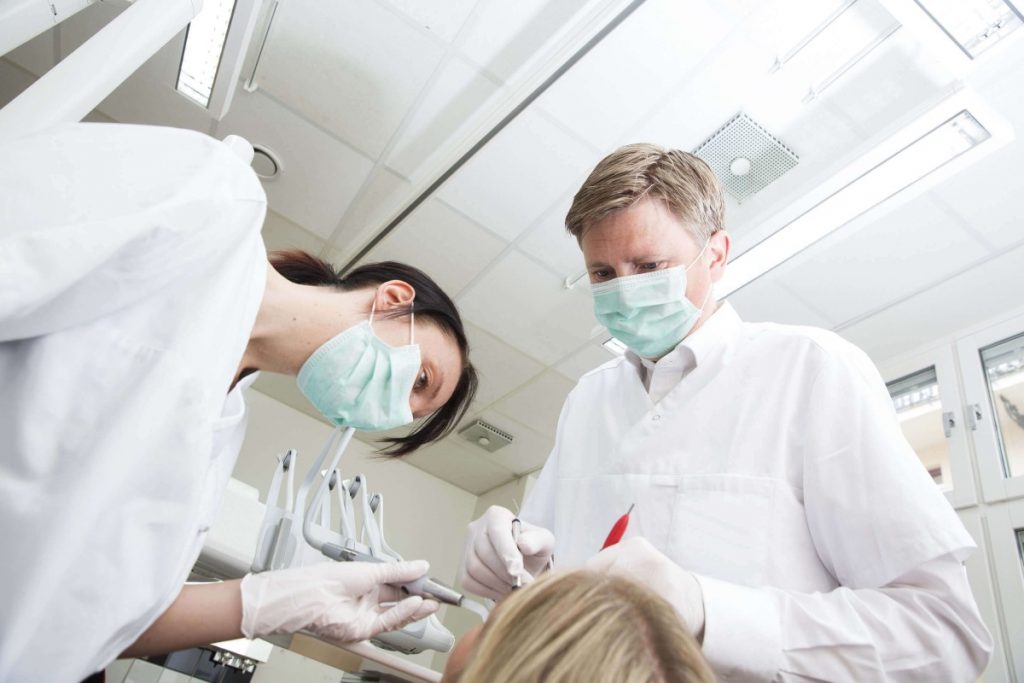Despite what you may have heard, tooth extractions are actually quite common. People receive this procedure to improve their oral health for many different reasons.
If you’re looking for more information about tooth extractions in Chestermere, contact our local dental clinic today.
What is a Tooth Extraction?
As the name indicates, a tooth extraction is a straightforward process that involves the complete removal of a tooth from its socket. This is also known as having your tooth pulled.
Your dentist in Chestermere may suggest having your tooth removed due to several factors, including, but not limited to the following:
- Severe tooth decay (which can eventually lead to cavity formation).
- Oral trauma.
- Your tooth is chipped or cracked.
- Overcrowding.
- To prepare for future orthodontic treatment.
- You have periodontal (gum) disease.
General dentists and oral surgeons can both perform tooth extractions; it all depends on the level of care and the complexity of the extraction as to whether you should see a specialist or not. Talk to a dentist near you to learn more.
Types of Tooth Extractions
There are two types of tooth extractions: simple and surgical. A simple extraction is when a tooth that you can see is removed. No surgical processes are necessary. In comparison, a surgical extraction, also known as a complex extraction, is when a tooth that is not visible in your mouth is removed. These teeth can either fully reside below your gums or have partially erupted. Wisdom teeth removal is the most common example of a complex tooth extraction.
If you’re unsure whether you require a tooth extraction, don’t hesitate to book an appointment with your dentist. They’ll help identify whether you’re a suitable candidate for this type of treatment or if another avenue would be better.
Receiving a Tooth Extraction
Receiving a tooth extraction is a straightforward, quick process; you’ll be in and out of the dental chair in no time.
First, your dentist will thoroughly evaluate your teeth and gums and take a series of x-rays to create a comprehensive image of your oral health. Next, they’ll provide you with local anesthesia to keep you comfortable and free of pain. Depending on the type of extraction, your dentist may make an incision into your gums to access your tooth. The tooth itself will be taken out with dental forceps. Afterward, they’ll clean the site and stitch it up.
Do’s and Don’ts After Your Extraction
In order to help your mouth properly heal following your tooth extraction, here are some things to keep in mind:
Do’s:
- Your dentist will provide you with a small piece of gauze. This will help staunch any bleeding. Keep it on your tooth for about two hours after the procedure.
- Use ice to reduce swelling. Apply it about every fifteen or twenty minutes.
- Take time to rest!
- Keep your head elevated while you sleep.
Don’ts
- Drink from a straw for the next few days. This can interfere with your sockets and the blood clots that form there.
- Sleep on your side.
- Engage in [intense] exercise.
- Smoke. This slows down your body’s recovery time.
Are you looking to receive tooth extractions near you? At East Chestermere Dental, we’ve got you covered! Call or visit our website to get started today. Our staff looks forward to helping you!

